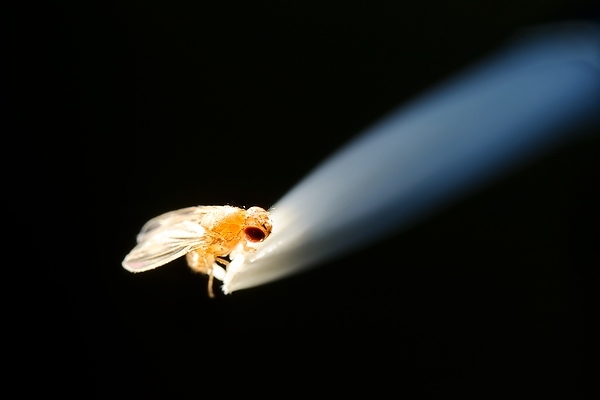|
|||||||||||||||
|

CLICK ON weeks 0 - 40 and follow along every 2 weeks of fetal development
|
|||||||||||||||||||||||||||
One microRNA may affect many neuro disorders Typically, each microRNA functions as a "dimmer switch" on one or more genes — regulating a wide variety of processes in a cell — including learning and memory. Scientists from the Florida campus of The Scripps Research Institute (TSRI), collaborating with the University of California at Irvine, found one specific microRNA has strong links to numerous neuropsychiatric disorders, including all autism spectrum disorders. The study is published in the February 11, 2016 issue of Cell Reports, Known as miR-980, this microRNA serves as a memory suppressor in multiple regions of the brain of the common fruit fly, Drosophila, a widely used substitute for human memory studies.
Davis also saw that miR-980 regulates neural excitability — or increases a nerve's capacity to fire. But, it also inhibits both memory and memory stability in the fly. Next, Davis and colleagues experimented to uncover which genes miR-980 regulates, and identified 95 specific targets.
Says Guven-Ozkan: "Linking this microRNA to a disease-linked gene may help us uncover even more nervous system dysfunctions."
"The fact that A2bp1 is influential in autism and epilepsy brings a real human connection to the study," adds Ron Davis, chair of TSRI. "It's very exciting." Abstract Discussion One surprising observation made in our study was that inhibition of miR-980 in multiple neurons within the olfactory nervous system enhances memory performance, as we anticipated finding a single cellular focus for its effects. Initially, it was difficult to understand how a single microRNA could modify behavioral memory when altered in one of many different types of neurons. This was reconciled by showing that excitability of Pns is enhanced with inhibited miR-980 function, offering the explanation that increased signaling, in general, within the olfactory nervous system enhances behavioral memory. This model provides a general explanation for the effects of miR-980 that function in multiple classes of excitable neurons. We propose that the role of miR-980 in excitability accounts for the increased acquisition when the miRNA is inhibited. An increase in excitable state may simply enhance the signaling through different neuron types within the olfactory nervous system as the organism integrates sensory information into memory. A corollary of this idea is that normal acquisition is a composite effect of multiple neurons within the circuit conveying the sensory information being learned. Although it is possible that increased acquisition also accounts for the increased memory performance observed when immediate performance scores were normalized, an alternative possibility is that miR-980 may have distinct roles in acquisition and memory stability. For instance, although we attribute the increased acquisition to increased neuronal excitability, the increased memory after acquisition may be due to altered regulation of molecules involved in synaptic transmission. In addition to Davis, Busto and Guven-Ozkan, other authors of the study, "MiR-980 is a Memory Suppressor MicroRNA that Regulates the Autism-Susceptibility Gene A2bp1," are Isaac Cervantes-Sandoval of TSRI and Soleil S. Schutte and Diane K. O'Dowd of the University of California, Irvine. The work was supported by the National Institutes of Health (grant number R37 NS19904, R01 NS052351 and RO1 NS0830009). |
Mar 9, 2016 Fetal Timeline Maternal Timeline News News Archive
|
|||||||||||||||||||||||||||


